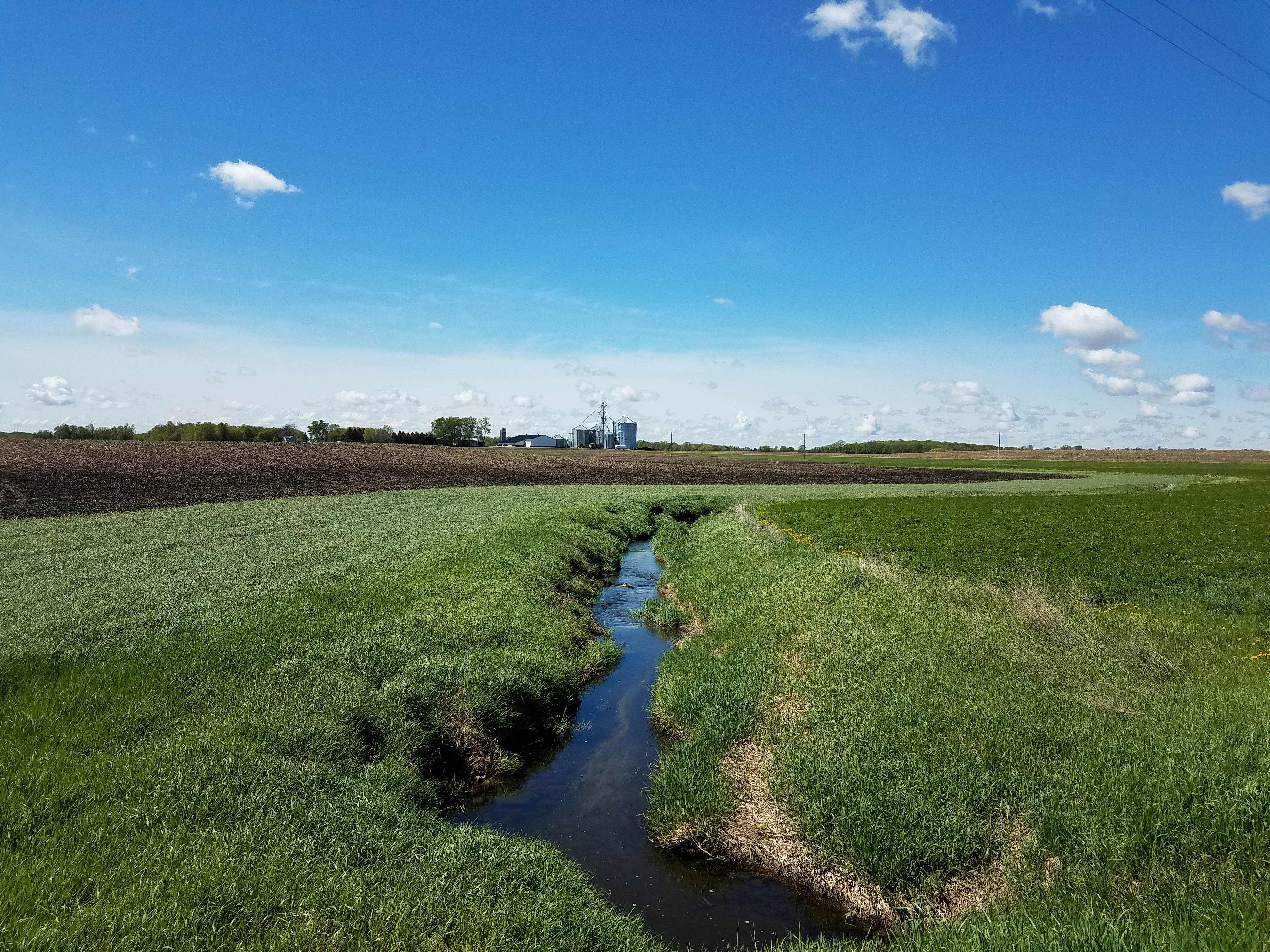Compliance is the Goal
While we strive to gain 100% voluntary compliance, in some cases, enforcement action may be needed. Soil and Water Conservation Districts (SWCDs) are tasked with determining individual compliance and assisting landowners with ways to come into compliance with the law if a buffer or alternative practice is missing. If a landowner is unresponsive or unwilling to cooperate, SWCDs are then tasked with notifying the county, watershed district or BWSR, depending on who has enforcement jurisdiction in that area. These entities will then engage in enforcement proceedings with the owner of the parcel in question.
Enforcement of the Buffer Law
- Provisions in Minnesota Statute 103F.48 (Buffer Law) allow a county or watershed district to affirm jurisdiction to carry out the compliance provisions regarding riparian vegetated buffers and alternative water quality practices for those waterbodies identified on the Department of Natural Resources’ Buffer Protection Map.
- A county with jurisdiction over a noncompliant site shall enforce corrective actions through a coordinated approach under the authority granted in Minnesota Statute 103B.101, subd. 12a, the Buffer Law or other authority granted by statute
- The Local Government Unit agrees to carry out corrective actions on a parcel basis to ensure compliance with the buffer requirements, which may include an Administrative Penalty Order (APO) plan under the authority provided in Minnesota Statutes 103B.101, subd. 12a and 103F.48
- The Local Government Unit is electing jurisdiction on public drainage ditches for which it is the drainage authority and public waters, located within its boundaries, identified on the Department of Natural Resources’ Buffer Protection Map
Watershed District Rules
These model rules can be used by watershed districts to help develop their own rule to be adopted for local jurisdiction of the buffer law.
Model Watershed District Rule: This rule can be used by watershed districts when all of the public ditch systems within their jurisdictional boundary area have not been re-determined.
103E Only Systems: This template can be used by watershed districts where all public drainage systems within the watershed district's jurisdictional boundaries have completed a re-determination of benefits under 103E.
County Ordinances
These are items intended to help counties adopt a new ordinance to enforce the buffer law or to amend current shoreland ordinances
Model County Buffer Ordinance: This document can be used as a starting point for counties when adopting a new ordinance for buffer law enforcement.
BWSR & DNR Guidance for Buffer Related Ordinances:
DNR's guidance for amending shoreland ordinances:
Enforcement Documents for LGUs
These documents can be used as templates to to assist SWCDs, Watershed Districts and Counties administer the buffer law locally
BWSR's Notification of Noncompliance Template: This example can be used when an SWCD notifies the county, watershed district or BWSR that a landowner is out of compliance with the buffer law.
BWSR's Corrective Action Notice and Cover Letter Template: This example can be used for issuing corrective actions to landowners when parcels are determined to be out of compliance with the buffer law.
BWSR's Case Conclusion Letter Template: This example can be used to formally notify a the landowner that their parcel has been deemed compliant.
BWSR's APO and Cover Letter Template: This example can be used when issuing an APO to a landowner who remains out of compliance with the buffer law following the expiration of the CAN.
BWSR's APO Plan: Guidance for Counties or Watershed Districts when developing an APO plan.

